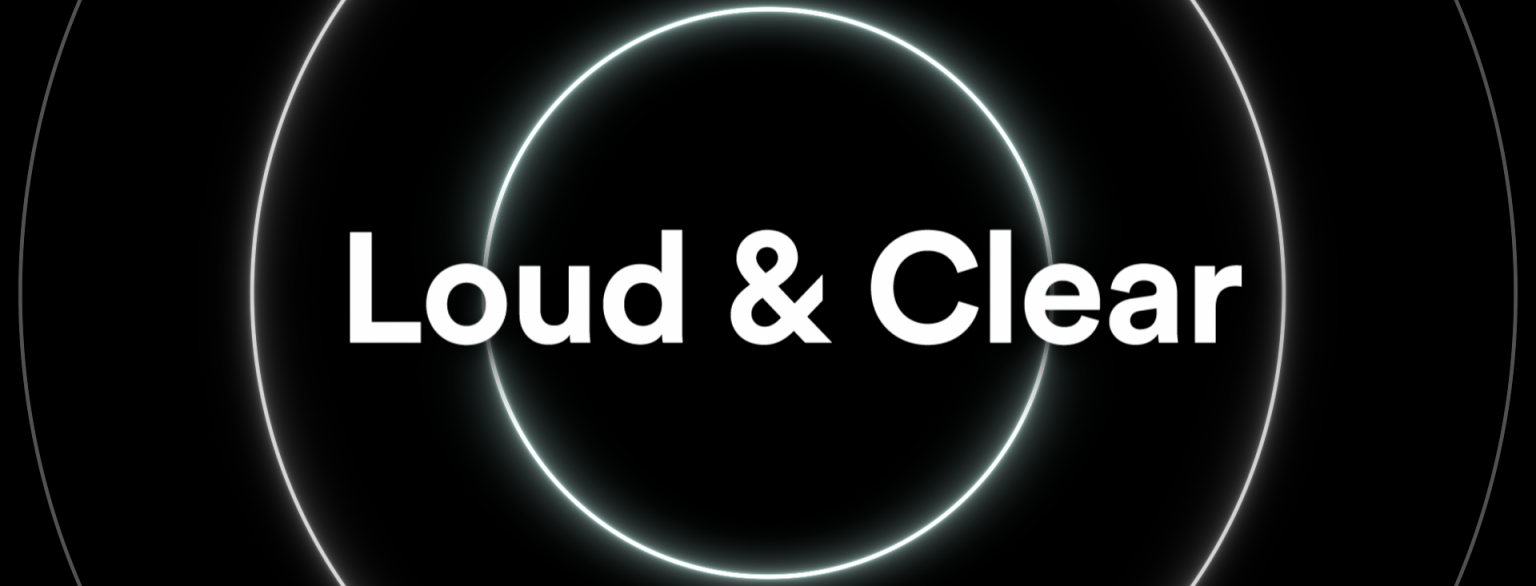Spotify paid out more than $5 billion in 2020, responsible for 20% of global recorded music revenue
In the biggest year for music streaming so far, Spotify’s founder Daniel Ek reveals how streaming is growing and Spotify has become a huge part of the industry.
With the launch of their new website, Loud and Clear, Spotify are hoping to make it clearer for artists and listeners alike how Spotify’s streaming revenues work and where they’re going. The platform, which has been criticised by artists in the past for low pay-outs and this week faced protests outside their offices, hopes to make the economics of streaming more transparent.
A brief history of streaming
Ek touches on the fact that the music industry hit a drastic low in 2014 after piracy had led to decreasing profits for artists and labels for over a decade. Music streaming services are, at the end of the day, the solution to a digital age in which all music is available at our fingertips. Spotify led the way in monetising that ubiquity of content so that it still worked for the listener, whilst also earning artists and labels their rightly deserved cash.
Streaming came to the rescue so powerfully that since launching just under 15 years ago, Spotify alone now makes up roughly 20% of the global recorded music industry revenue. As such a big player, artists and rightsholders reasonably question how they’re working for artists and if it is truly fair.
There is no denying, a stream does not pay out the same as a sale; whether digital download or a physical album. But as a solution to the complete lack of revenue caused by piracy, streaming is reinvigorating and actually reinventing an industry (though that’s a story for another time).
What Spotify is paying out to rightsholders and artists
Spotify’s new website tries to outline how their payouts work, as well as providing some specific numbers to help people understand their scale.
They reveal that they have paid out over $23 billion to rightsholders as of 2020. An incredible $5 billion of that was sent in 2020 alone following an incredible year of music listening from users.
They also revealed that in 2019, Spotify accounted for almost 20% of the recorded music revenue in the entire world. That includes digital sales, physical records, licensing, and other streaming services.
Spotify point out how even in just the last 3 years their growth has been spectacular. Compared to the stats above, in 2017 Spotify accounted for 15% of global recorded revenues and were paying out $3.3 billion to rightsholders.
Since then, the number of artists making a significant amount of money has grown:
- more than $50K/yr is up 80%
- more than $100K/yr is up 85%;
- and more than $1M/year is up 90%.
How it works for artists
57,000 artists now make up 90% of the monthly streams on Spotify. That’s a lot of artists and shows the diversity of streaming coming into play. Six years ago, the number of artists making up 90% of monthly streams was four times less, showing that as Spotify grows it is becoming a place for wider success and breeding sub-communities rather than only providing plays for the select few top artists.
Streaming has in many ways equalised the playing field in music and the stat above clearly shows that. With the help of distributors like us at RouteNote, all artists now have the opportunity to put their music on a global platform which would have once had huge barriers of entry for production costs, physical manufacture and distribution, promotion and so on.
The challenge now is ensuring that this new landscape for the music industry runs fairly for all. SoundCloud’s recent announcement of UCPS royalties shows the potential in future for a fairer streaming royalty system, without actually changing the amount paid out to rightsholders. Unfortunately the larger powers of influence in the music industry are reluctant (to put it nicely) to embrace this new system.
One thing they try to make clear is that when it comes to individual pay-outs, there is no set amount. That’s why it is so hard to define how much a stream is worth, because there are too many variable factors like location and free or premium accounts. So no figures will be exactly the same for two artists with the same number of streams.
